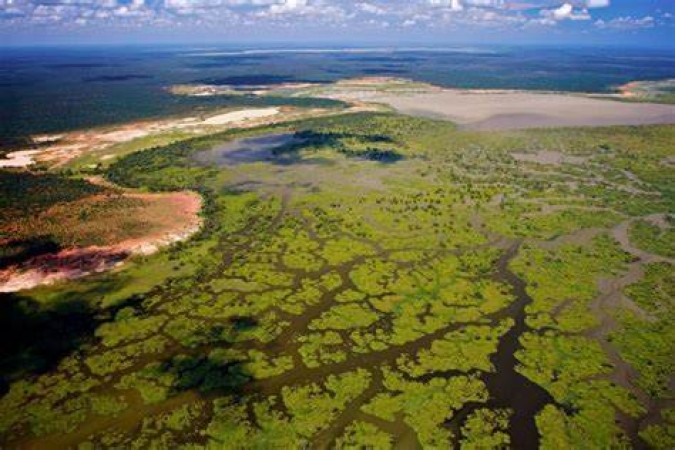
In recent years, the world has witnessed the devastating impacts of climate change, particularly the rise in sea levels. The implications of this rise are profound, posing an existential threat to our coastal cities and communities. This article delves into the potential disastrous consequences that await our cities if sea levels continue to escalate.
Sea levels are on the rise due to the melting of polar ice caps and the thermal expansion of seawater. This trend is accelerating, posing a grave threat to our coastal regions.
The melting glaciers and ice sheets contribute significantly to the rising sea levels. As temperatures continue to soar, more ice melts, adding to the volume of water in our oceans.
Coastal cities around the globe are at great risk due to their proximity to the sea. Cities like Miami, New York City, Tokyo, and Mumbai are particularly vulnerable.
These cities are not only hubs of economic activity but also home to millions of people. The potential inundation of these cities could lead to unprecedented displacement and loss of life.
Sea level rise can cause extensive damage to critical infrastructure such as roads, bridges, ports, and power plants. The corrosive effects of saltwater can deteriorate these structures rapidly, making maintenance and repair a constant challenge.
The economic impact of rising sea levels is staggering. Billions of dollars in property and infrastructure are at risk of being damaged or lost. Additionally, the cost of relocating and rebuilding communities away from the coast is astronomical.
Coastal ecosystems are delicately balanced, hosting a vast array of wildlife. Rising sea levels can lead to habitat loss, endangering various species and disrupting ecosystems. The ramifications could extend far beyond the immediate coastal areas.
Sea level rise can worsen public health issues. Increased flooding and the intrusion of saltwater into freshwater sources can lead to contamination and the spread of waterborne diseases. Additionally, displacement and overcrowding in safer areas can contribute to the spread of illnesses.
The mass migration caused by rising sea levels can potentially trigger social and political upheaval. Displaced populations may strain resources in safer regions, leading to conflicts and social tension.
Rising sea levels will likely force millions to become climate refugees. This would be an unprecedented humanitarian crisis, with the displaced struggling to find new homes and livelihoods.
Communities must urgently adapt to this impending crisis. This includes implementing robust coastal defense systems, elevating structures, and developing sustainable urban planning to mitigate the impact of rising seas.
To effectively tackle this crisis, global cooperation and concerted efforts are essential. Countries must come together to reduce greenhouse gas emissions and limit global temperature increases to mitigate the severity of sea level rise.
In conclusion, the future of our coastal cities is at stake if sea levels continue to rise at the current pace. Urgent and coordinated action is needed to protect our cities, communities, and the delicate balance of our planet's ecosystems.
A Man's Unique Journey: Marrying Seven Brides in One Grand Day
How to Share Internet Data with Another Mobile: A Comprehensive Guide